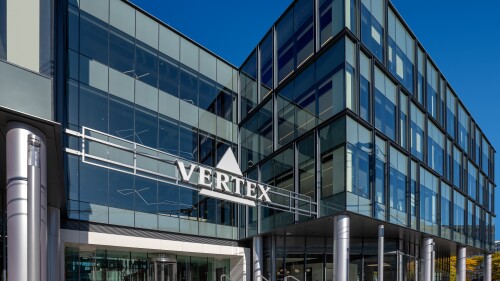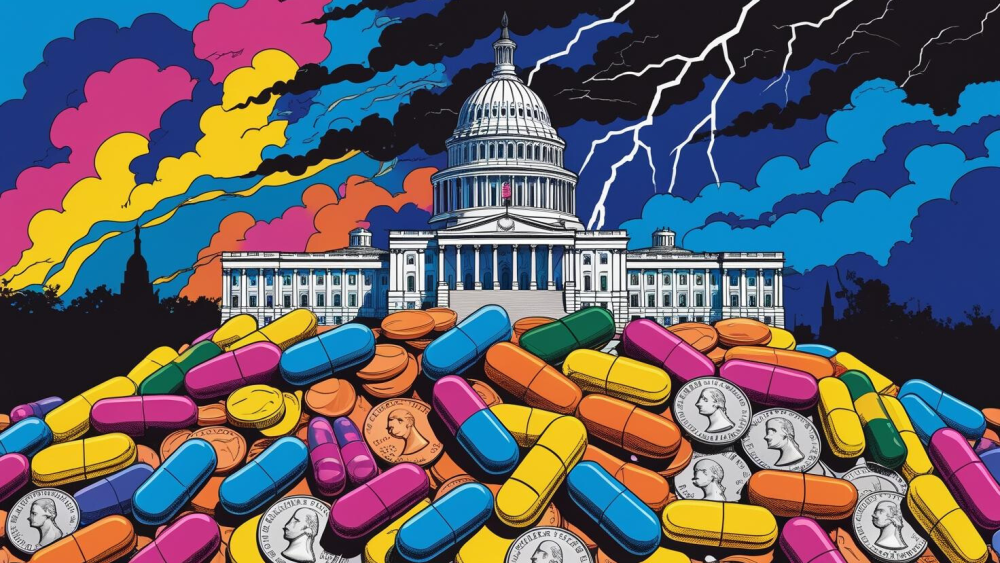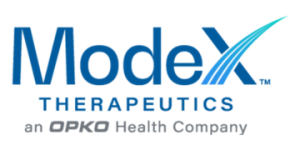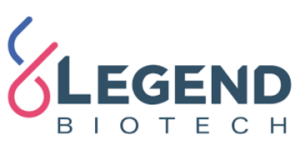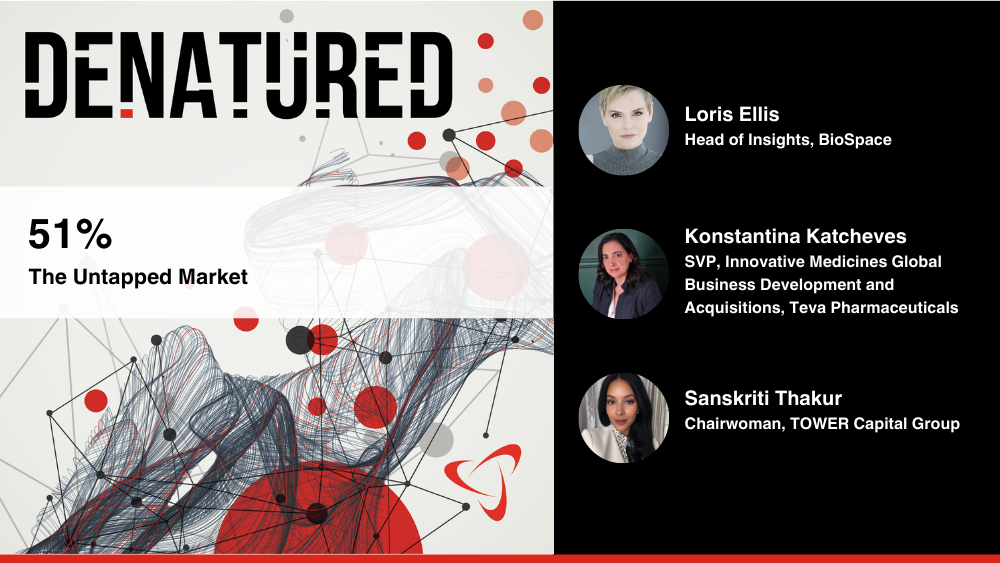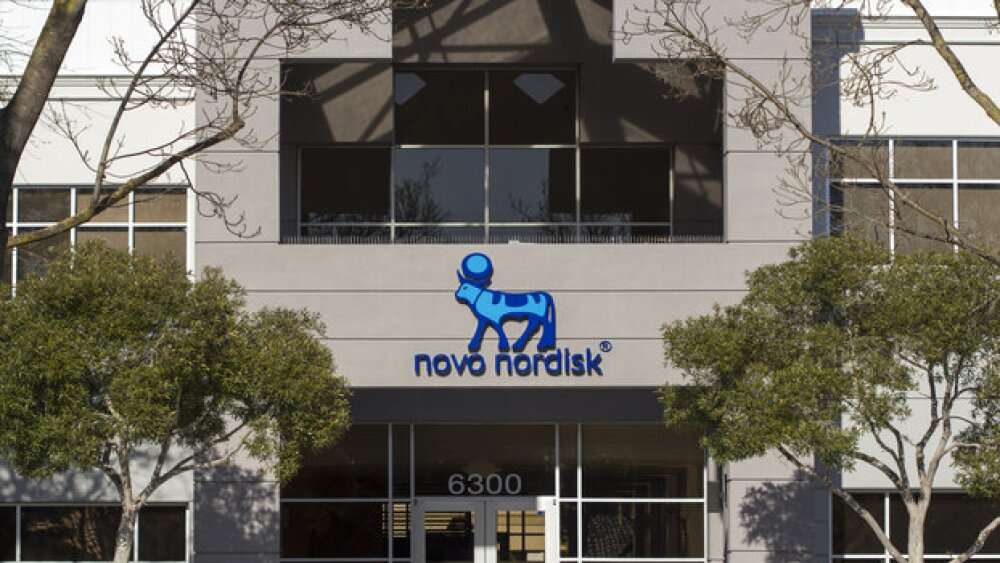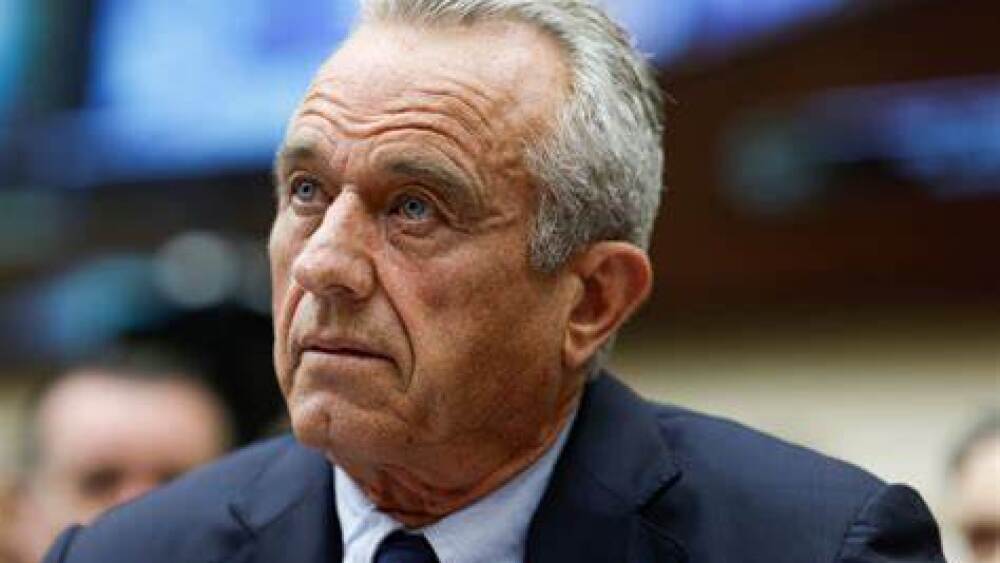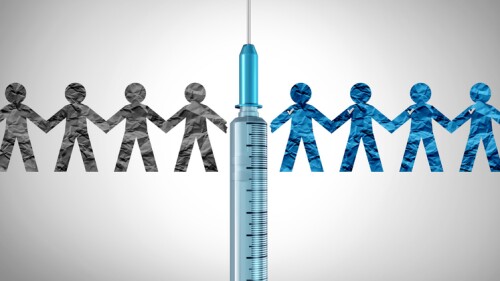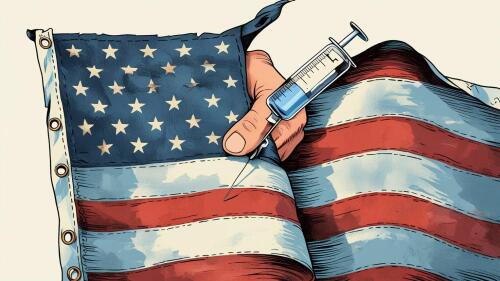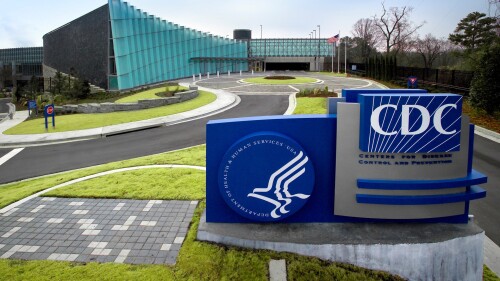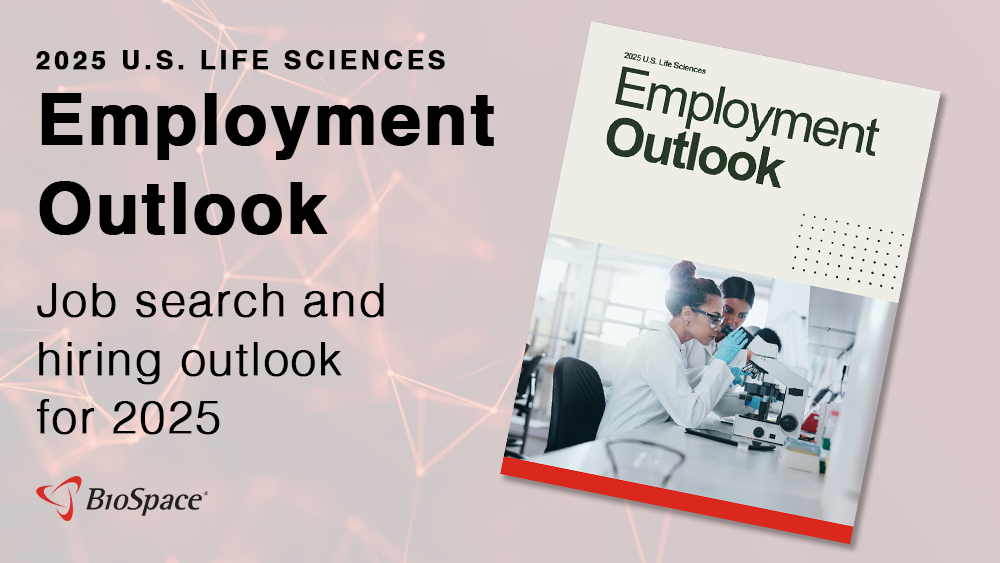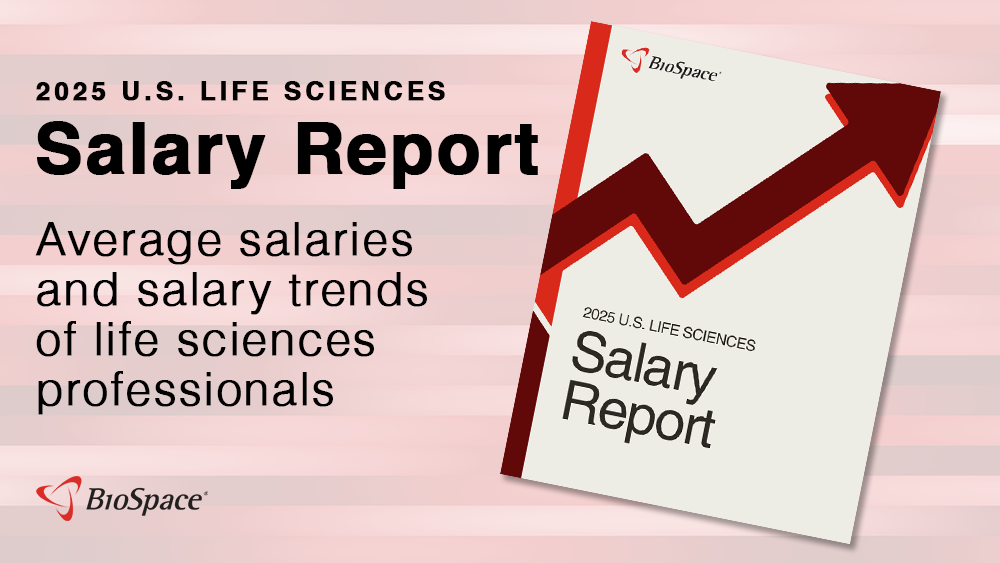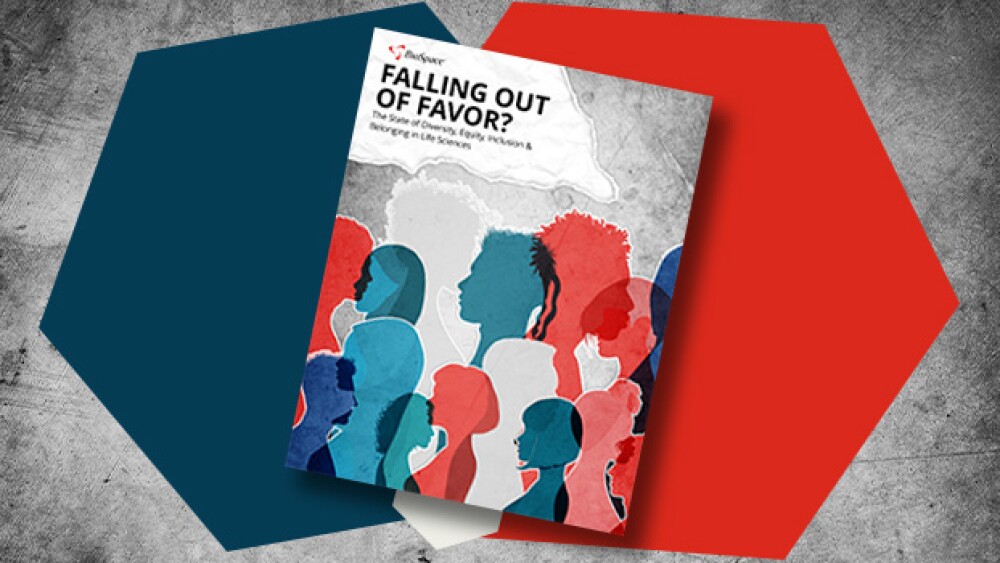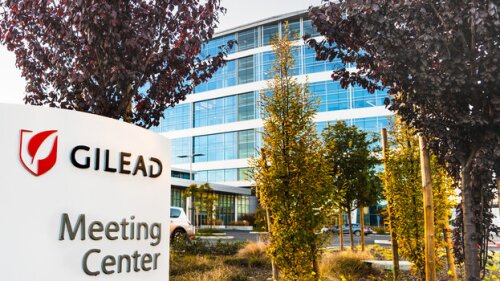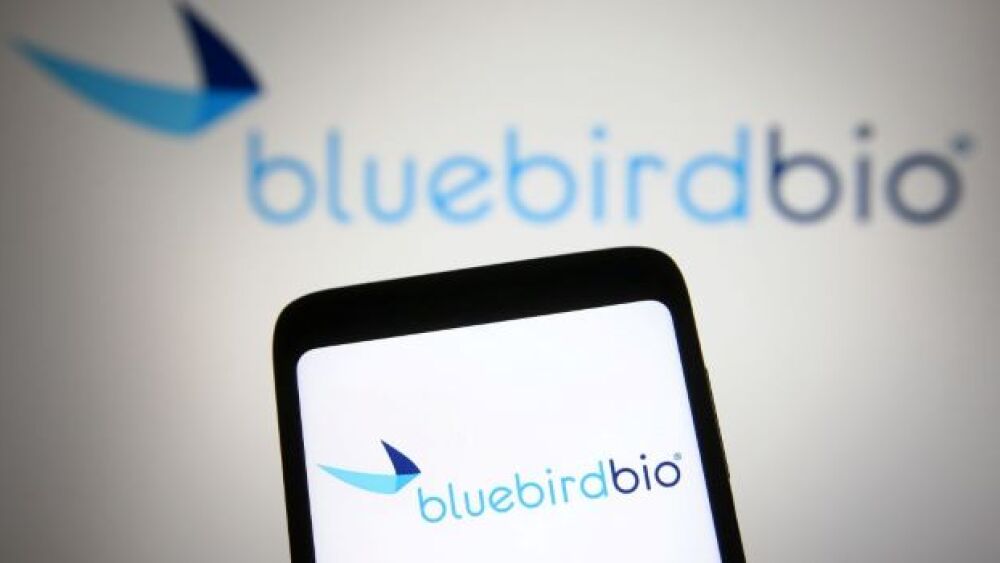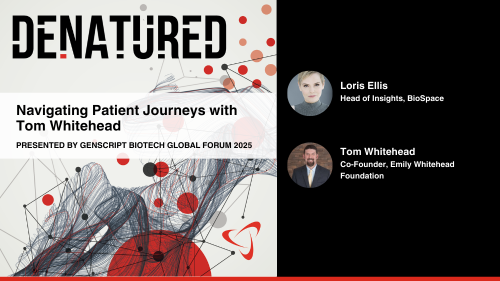Due to the litigation Pfizer filed Friday and Monday against Metsera, Novo Nordisk and the biotech’s lead shareholder, CEO Albert Bourla was limited in what he could say. But he said Pfizer was the best fit for Metsera.
Both companies have submitted revised bids, with Novo’s coming in $1.9 billion higher than Pfizer’s.
The potential approval of Vertex’s IgAN therapy povetacicept in 2026 comes amid launch headwinds for the company’s non-opioid pain medicine Journavx and gene therapy Casgevy.
Sarepta nevertheless plans to push for full FDA approval of Vyondys 53 and Amondys 45 based on what it said are “encouraging trends” in efficacy.
Kygevvi is indicated for patients with thymidine kinase 2 deficiency whose symptoms arise by 12 years of age. The disease manifests as muscle weakness and can become life-threatening in severe instances.
BioSpace has named 50 life sciences companies to its 2026 Best Places to Work list. AbbVie, Amneal Pharmaceuticals and BridgeBio executives share what makes their organizations special.
FEATURED STORIES
In the race to make the most tolerable obesity drug, there seems to be no clear winner—at least not according to analysts parsing the data presented at the American Diabetes Association annual meeting this week.
Writing in JAMA, four former government officials warn that the Trump administration’s involvement in delaying the approval of Novavax’s COVID-19 vaccine could indicate a politicization of the drug approval processes that could ‘imperil public health.’
Leading companies spent $1.4 billion upfront on licensing deals and embarked on vast R&D programs. Clinical setbacks mean many companies are unlikely to ever recoup their investments.
With much to cover, Democrats tackled Kennedy’s MAHA report; the firing of all members of the CDC’s ACIP committee; and much more. Little was accomplished, as Kennedy demurred and members of Congress accused him of risking American lives.
Drug pricing, budget cuts, tariffs and other shifts under the Trump administration undermine the biopharma and healthcare ecosystem.
The Inflation Reduction Act includes an exemption for orphan drugs for a single indication, but experts say this is far from sufficient to maintain momentum in the rare disease space.
LATEST PODCASTS
Novartis, Gilead, Roche and Takeda commit to new partners in a spate of mid-sized collaborations this week. Meanwhile, Applied Therapeutics’ stock tanks 80% after govorestat is denied approval, Intra-Cellular Therapies seeks to expand Caplyta into major depressive disorder and the FDA investigates the safety of bluebird bio’s Skysona.
BridgeBio’s Attruby wins approval for transthyretin amyloid cardiomyopathy while the FDA accepts Alnylam’s application for Amvuttra in the indication; Cassava’s controversial Alzheimer’s drug flunks Phase III; Amgen’s MariTide fails to impress investors, Donald Trump’s controversial nominations continue.
In this episode of Denatured, BioSpace’s Head of Insights Lori and guests from Teva Pharmaceuticals and TOWER Capital Group discuss how critical it is to incorporate women into leadership positions and board rooms as a sound investment strategy.
Job Trends
Pfizer Inc. (NYSE: PFE) invites investors and the general public to listen to a webcast of a discussion with Albert Bourla, Chairman and Chief Executive Officer, at the Goldman Sachs 45th Annual Global Healthcare Conference on Monday, June 10, 2024 at 11:20 a.m. Eastern Daylight Time.
Subscribe to GenePool
Subscribe to BioSpace’s flagship publication including top headlines, special editions and life sciences’ most important breaking news
SPECIAL EDITIONS
In this deep dive, BioSpace investigates China’s rise as a biotech powerhouse.
In this deep dive, BioSpace explores the next big thing in obesity.
BioSpace did a deep dive into biopharma female executives who navigated difficult markets to lead their companies to high-value exits.
DEALS
-
Five years ago, Gilead signed a massive deal with Galapagos. After a restructuring, the pharma is still hunting for the potential it saw at the original signing.
-
Biopharma executives shared their thoughts on the potential impacts of the new administration; Annalee Armstrong recaps JPM and her talks with Biogen, Gilead, Novavax and more; Wegovy’s higher dose induces more weight loss; AstraZeneca and Daiichi Sankyo’s Dato-DXd scores its first FDA approval.
-
Biopharma executives make their predictions for the year ahead, from a bold forecast for the return of the megadeal to a plea for the slow, healthy recovery of the industry at large.
-
While investors and analysts push for a deal, Biogen CEO Chris Viehbacher and Head of Development Priya Singhal refuse to make one out of desperation.
-
J.P. Morgan kicked off with a flurry of deals, with Eli Lilly, GSK and Gilead all announcing deals potentially worth more than $1 billion while J&J committed $14.6 billion to buy Intra-Cellular. These moves have reinvigorated sentiment across the biopharma industry.
WEIGHT LOSS
-
Novo will license UTB251, a triple hormone receptor agonist that in mid-2023 achieved 24% weight reduction at 48 weeks in a mid-stage study.
-
The explosion of GLP-1 weight loss drugs is reminiscent of the early days of PD-1 inhibitors, but key market differences suggest history may not repeat itself.
-
Under the terms of the agreement, OPKO will accept 60% of the development costs, while Entera will shoulder 40%.
-
The company unveiled plans last week to test its GLP-1/glucagon dual receptor agonist in alcohol use disorder and alcohol-related liver disease.
-
As obesity drug developers compete for the highest weight-loss efficacy, experts contend that overall health outcomes—evidenced by successful studies in therapeutic areas like cardiovascular and sleep apnea—may prove a greater market advantage.
POLICY
-
Two weeks of upheaval at the CDC culminated Monday in the complete reconstitution of the CDC’s Advisory Committee on Immunization Practices as HHS Secretary Robert F. Kennedy Jr. pens op-ed criticizing “conflicts of interest” he says exist on the current committee.
-
The loss of special government employee status for four members of the CDC’s Advisory Committee on Immunization Practices follows the resignation of ACIP co-lead Lakshmi Panagiotakopoulos, who left in protest of a controversial change in COVID-19 recommendations for healthy children and pregnant women.
-
Given the evidence, the committee has recommended that the labels for Novo Nordisk’s Wegovy and Ozempic be updated to include the “very rare” risk of non-arteritic anterior ischemic optic neuropathy.
-
Vaccine skepticism is at an all-time high in the U.S., and HHS Secretary Robert F. Kennedy Jr. is making some drastic moves in the name of reversing that trend. But misinformation and inconsistencies within the country’s healthcare agencies highlight problems with his approach.
-
The lawsuit alleges that HHS leadership knew the records they used to guide their layoff decisions were inaccurate and contained errors.
Location is everything when it comes to compensation in the life sciences. We’ve compiled data from BioSpace’s 2023 Life Sciences Salary Report to help you choose the best place to live and work.
Sales and marketing roles in the life sciences field are in high demand. To help with your job search, we’ve compiled a guide to sales and marketing jobs in the life sciences industry.
With a swirl of rumors around the changes in ownership in the pharma industry, this invariably triggers reviews of business strategies. Because of this, wider skillsets from related sectors are needed.
Candice Richards, the Manager of Talent Acquisition at Kyowa Kirin North America, shed some light on what to expect from a pharma interview and how to effectively prepare.
BioSpace sat down with Gregg Burkhalter, a LinkedIn Expert, for a quick Q&A about the three most common LinkedIn mistakes and how they can affect your personal brand.
There are many reasons why you might want to negotiate your stock options. Read on to discover what stock options are and how to negotiate your stock options with your employer.
HOTBEDS
REPORTS
In this Employment Outlook report, BioSpace explores current workforce sentiment, job activity trends and the prospective job and hiring outlook for 2025, particularly as it compares to the previous year.
BioSpace’s third report on diversity, equity, inclusion and belonging in life sciences examines dramatic shifts in attitude around diversity initiatives.
CANCER
-
With ivonescimab’s data coming solely from China, its prospects in the U.S., where Summit owns the rights, remain up in the air.
-
Presentations at this year’s American Association for Cancer Research meeting could have a broad impact on the treatment landscape for head and neck and lung cancer, and implications for specific drug modalities like TIGIT and VEGF.
-
Analysts at BMO Capital Markets expect Summit and Akeso’s HARMONi-6 readout to put some pressure on Merck and its blockbuster biologic Keytruda.
-
Combining Trodelvy with Keytruda and pushing it into the frontline setting could “potentially double” the ADC’s market in metastatic triple-negative breast cancer, according to analysts at Truist Securities.
-
Analysts at Leerink Partners said in a Monday note that DESTINY-Breast09’s findings “could support an approval” for Enhertu in first-line HER2+ metastatic breast cancer.
NEUROSCIENCE
-
President Donald Trump continues to warn of tariffs on the pharmaceutical industry; Susan Monarez replaces Dave Weldon as CDC director nominee; Novo Nordisk joins the triple-G race; Alnylam wins approval for Amvuttra in ATTR-CM; and Cassava Sciences ends development of simufilam in Alzheimer’s.
-
After years of controversy and allegations of doctored data, Cassava is moving on from Alzheimer’s.
-
The British pharmaceutical giant is working with the U.K. Dementia Research Institute to exploit a “natural randomization” experiment to determine whether 65- and 66-year-olds who received GSK’s shingles vaccine Shingrix have reduced dementia risk.
-
The gene therapy world is in turmoil, but Arbor, armed with more than $1 billion in partnerships and raises, is going forward.
-
Ionis and Ultragenyx are competing to develop oligonucleotide treatments for Angelman syndrome, but will Neuren’s peptide catch up?
CELL AND GENE THERAPY
-
The proposed acquisition by global investment firms Carlyle and SK Capital Partners could net shareholders $3 per share plus potential CVR dollars and provide bluebird bio with primary capital to expand the commercial reach of its gene therapies.
-
The move comes weeks after Pfizer terminated its partnership with Sangamo Therapeutics for another hemophilia gene therapy.
-
The Philadelphia market has gained recognition not only for its cell and gene therapy sector but also its real estate scene and talent pool. Vittoria Biotherapeutics, Interius BioTherapeutics and Chamber of Commerce for Greater Philadelphia executives share why the area is a life sciences hot spot.
-
Biopharma doubles down on immunology and inflammation as companies target new pathways and seek to improve on current options in inflammatory bowel disease, atopic dermatitis, myasthenia gravis and more.
-
In this episode, presented by the Genscript Biotech Global Forum 2025, BioSpace’s Head of Insights Lori Ellis and Tom Whitehead continue to discuss the patient and caregiver experience, where Tom gives his insights to the future of CGTs.






